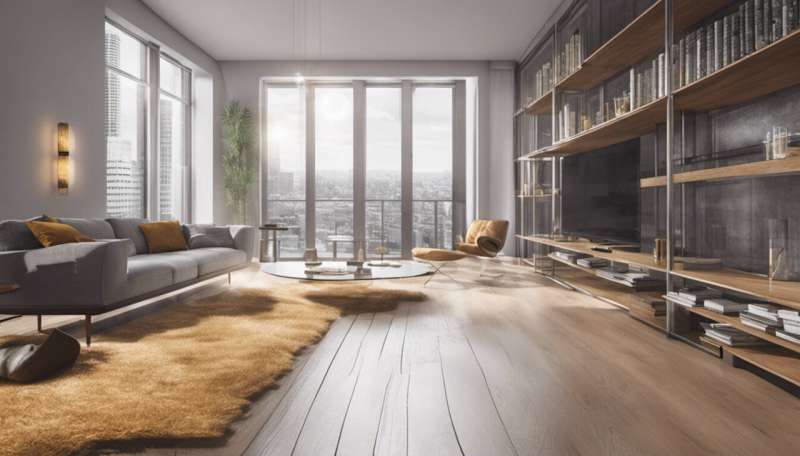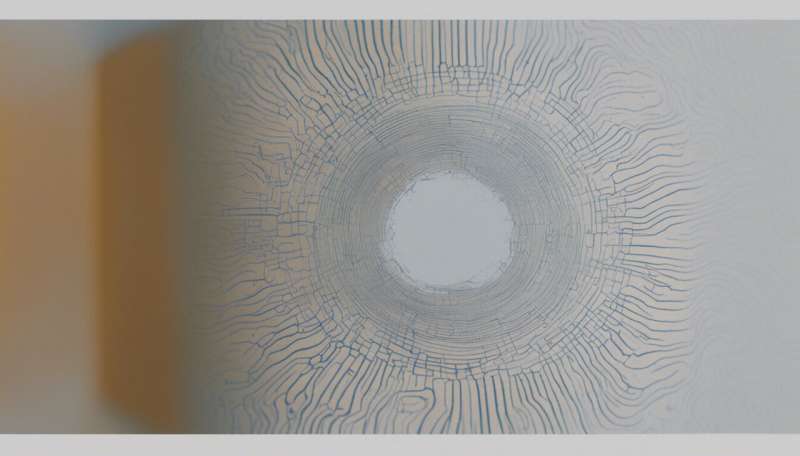Credit: AI-generated image (disclaimer)
Struggling with that last minute exam-prep? Curtin researchers are here to save you, finding that brightly colored rooms can boost your concentration levels.
While students say they prefer to study in environments with pale colors—which they feel are most relaxing—their level of concentration is actually higher when surrounded by vivid reds and yellows, according to recent research.
Student participants were asked to read a passage and answer multiple-choice questions adopted from the American SAT university entrance test in rooms with six different color schemes—pale and vivid blue, red and yellow.
Their reading comprehension scores were significantly higher in the vivid red and yellow rooms.
"Bright colors can support students' learning performance by positively affecting psychological and physiological states," says lead author PhD candidate Aseel Al-Ayash.
Several past studies have indicated the colors red and yellow are more stimulating than blue and green.
For example, student pulse rates increased in red and yellow conditions, but decreased in blue.
"If the reading tasks are difficult, the vivid color conditions may increase arousal to optimal levels" she says.
This is consistent with the Yerkes-Dodson Law, which proposes that arousal improves performance up to an optimal level, with additional arousal causing a drop off in performance.
Credit: AI-generated image (disclaimer)
What about those calming blues?
Ironically, two-thirds of participants believed vivid red wasn't a suitable color for a study room, associating the color with depression, discomfort, annoyance and elements such as danger.
But given their improved learning outcomes, perhaps a bit of discomfort (aside from last minute cramming) is what they need.
"In general, most participants believed that pale colors with high whiteness would be appropriate color schemes in learning environments, because they are considered calm and relaxing," Ms Al-Ayash says.
"However, the calmness and relaxation aspects may not help students to be alert and active.
"They performed better in the vivid color conditions, because these colors have arousing properties that stimulate neural activity."
"If the task is boring, a red condition may stimulate individuals and enhance their performance," Ms Al-Ayash says.
It seems red and yellow may be the future of study areas, with Curtin and other WA universities expressing a keenness for the work.
"I found they are interested to make improvements in their learning spaces design particularly in study areas in their libraries to create a suitable atmosphere for studying," Ms Al-Ayash says.
Provided by Science Network WA
This article first appeared on ScienceNetwork Western Australia a science news website based at Scitech.
























